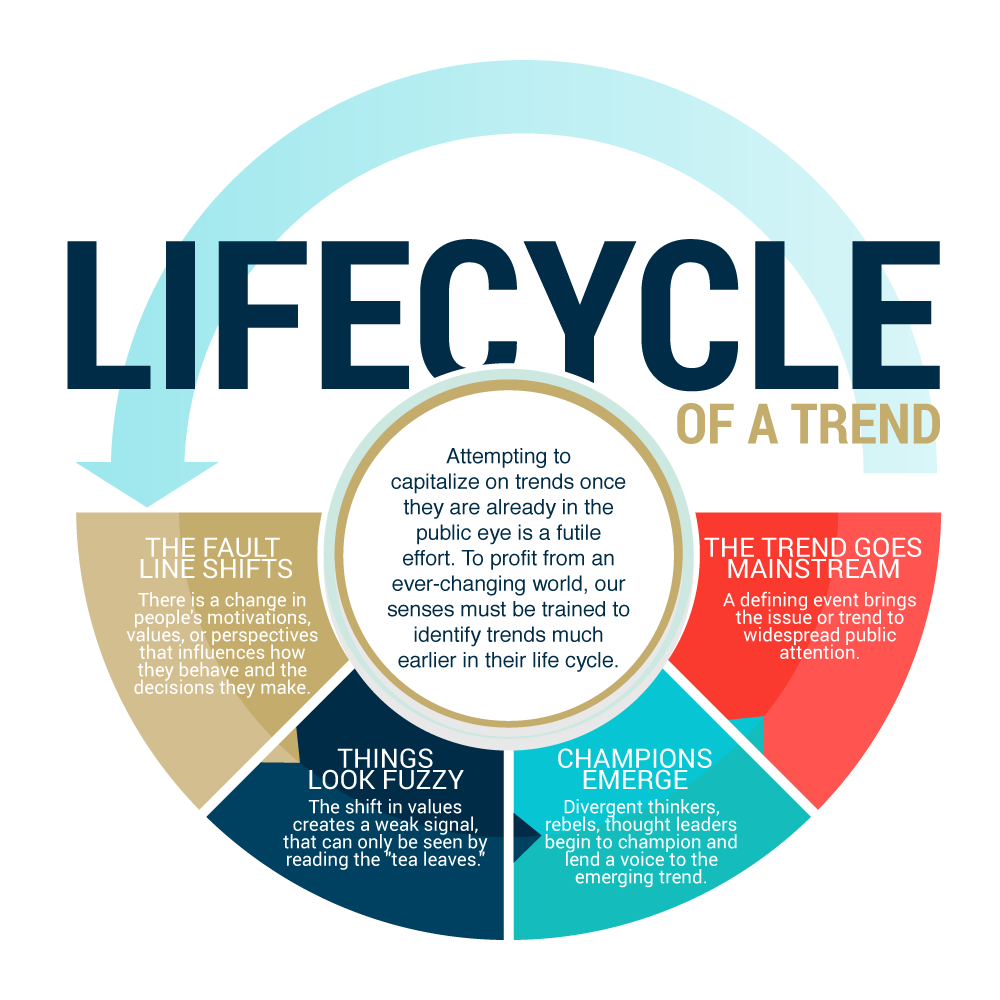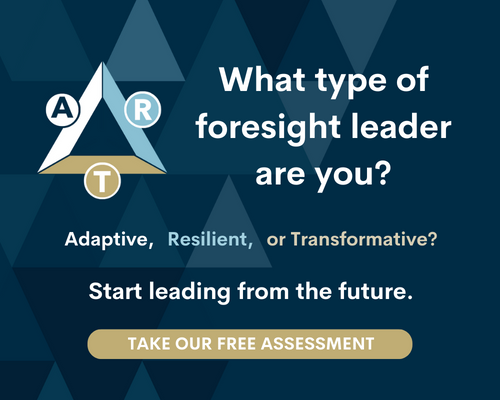Why Trend Reports Just Aren’t Enough Anymore

For many of us, the question of how to prepare our organizations for the future usually centers on current trends. We consume “Top Trends of 20YY” content with gusto, and shell out hundreds of dollars for annual industry trend reports. After all, they give us a warm, fuzzy feeling of being “in the know,” and may even spur exciting conversation about new initiatives.
But the confidence inspired by some expert’s interpretation of the tea leaves is fleeting in today’s VUCA environment.
You have probably heard about VUCA, the military-derived acronym that stands for volatile, uncertain, complex, and ambiguous. It’s the most apropos description of the world we’re living in today, and I bet it also describes your typical day at work.
In a VUCA environment, trend lists no longer cut it because they enumerate what is already happening today. By the time we quickly launch an initiative to take advantage of that trend, the next big thing is already emerging.
To stay ahead of the curve, we have to look deeper—investigate the shifts in societal values and evolution of cultural perspectives that give rise to those coveted trends.

Identifying these shifts comes from broad, active, consistent environmental scanning—the lifeblood of Strategic Foresight. Scanning is the practice of reading, watching, and listening to a variety of sources on different topics. It provides the input for a core part of the Strategic Foresight process, and the output is mapped-out landscapes of possible futures we use to test and create strategy.
The more we scan, the more apparent it is that trends don’t happen in a vacuum—they collide with each other, intersect, and ultimately form a larger picture, or a pattern. Each pattern can be dissected to reveal underlying values, major shifts in beliefs, and implications for the future. Working with patterns, instead of stopping at the surface level of trends, is what gives us actionable “futures intelligence.”
In summary, there’s more to planning for the future than reading a trend list. Trends are important, and they play a role in effective Strategic Foresight, but the danger is in solely using trends to drive strategy and innovation. We need context—value shifts, patterns, and implications—to not only survive, but thrive in our VUCA environment.

